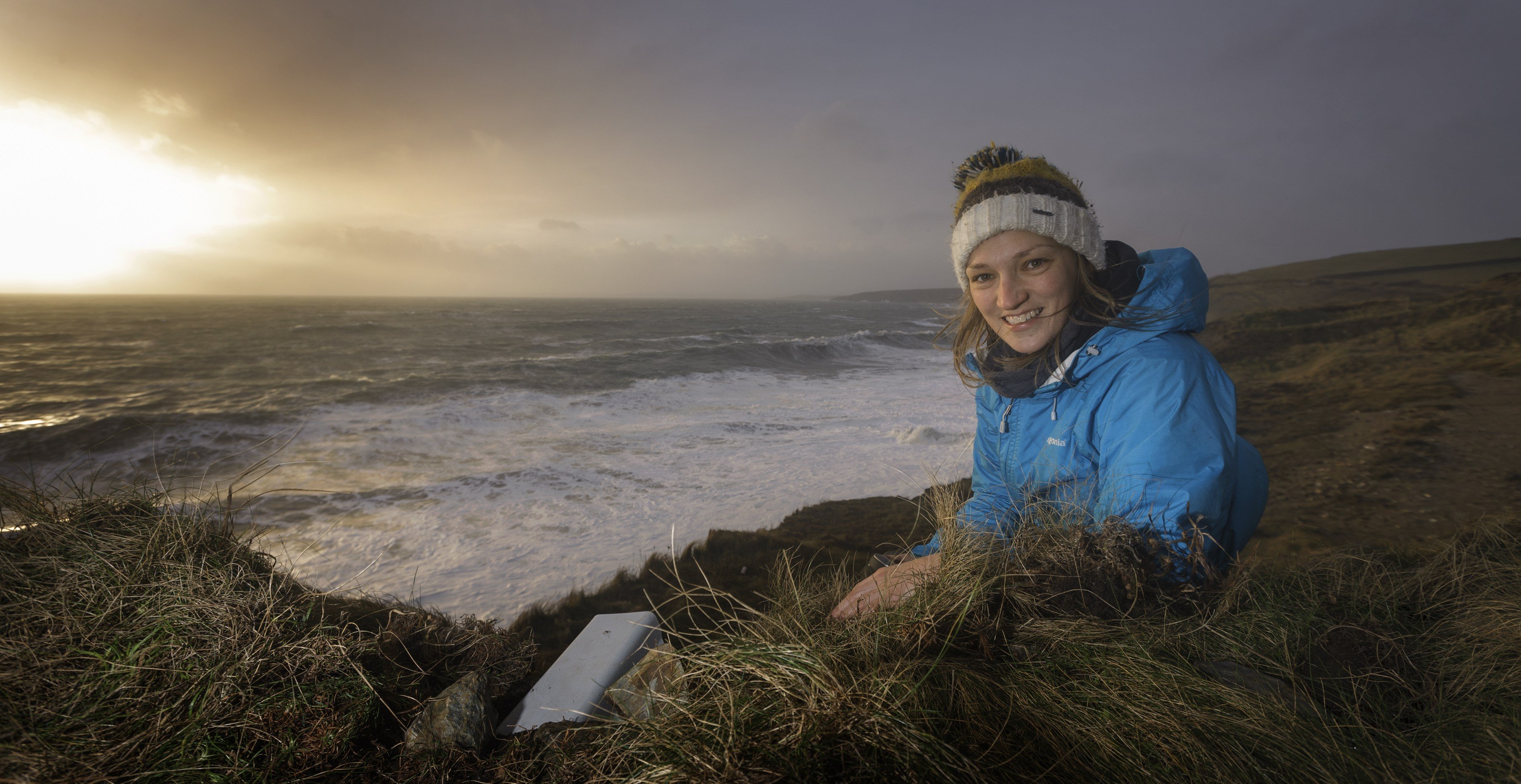For those curious to better understand our planet and excited by the prospect of making new discoveries, the life of a geography academic beckons. Our Geographer of the Month is Dr Claire Earlie, coastal geography researcher and lecturer at Cardiff University. We spoke with Claire about geography, travel, chasing the UK's largest storms, and advice for students interested in an academic career.
New to Time for Geography? Sign up to join our mailing list.
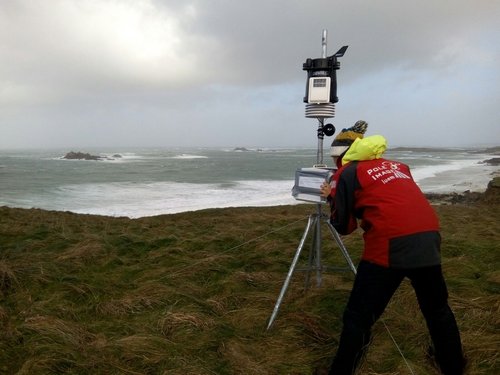
TFG: Hi Claire and welcome to Time for Geography. To start with, tell us about what you do.
Claire: Well, I am a coastal geomorphologist by trade and part of what I do involves lecturing at Cardiff University in the School of Earth and Ocean Sciences, mainly on the Marine Geography degree. I teach students about coastal processes, so how waves and currents influence the movement of sediment and how and why our coastline changes from a physical perspective. The other half of my work is the part where I get out into the elements and take field measurements of waves, beaches and cliffs, particularly during stormy periods. One of the biggest challenges of my research is trying to obtain these measurements under very challenging conditions, but fortunately technology has provided us with remote sensing methods that are able to help us overcome this and monitor what is happening in the ocean and at the coast real-time.
TFG: When did you first become interested in geography and coastal research? What inspired you?
Claire: Geography was hands down my favourite subject at school. My upbringing was spent playing in or on the water and having a fascination with explorer Jacques Cousteau, so I was fascinated with the ocean from a very young age, probably about 4 years old. When I was 18, I lived in North Carolina for a while, and during my time there I experienced a few big (category 3-5) hurricanes, which was incredible. A few years later, during my degree I spent a year studying abroad, again in North Carolina. I ended up volunteering at the Centre for Marine Science Research in the Coastal Geology lab. One of my roles was to help the government find sand to re-nourish the beaches that were affected by those very same hurricanes. This is mainly what turned my head towards coastal science and trying to understand how we live with such a dynamic environment.
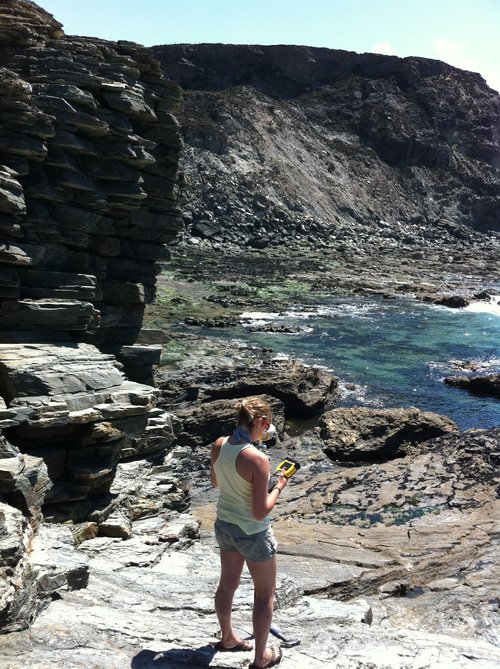
Living and working in other countries, both developed and developing, as a solo female traveller taught me a huge amount about communication, patience, listening, time management and the confidence and drive to pursue things I am passionate about.
TFG: What flavour of geography did you study at university and why?
Claire: At university I studied Ocean Science. This seemed the perfect degree programme for me as it covered so many different aspects of the ocean, from physical oceanography to navigation and tides to meteorology. When I began my degree I knew I wanted to study the ocean but I was unsure which aspect of it. This course was broad enough for me to learn a lot about all aspects of the sea and choose which direction I wanted to go in.
TFG: Are there skills and abilities important to what you do now, that you learnt outside the classroom?
Claire: Definitely! I never thought that a hardiness to harsh weather conditions from playing outside my whole life and being from the UK would become so valuable! In all seriousness though, travelling has helped me a lot. Living and working in other countries, both developed and developing as a solo female traveller taught me a huge amount about communication, patience, listening, time management and the confidence and drive to pursue things I am passionate about.
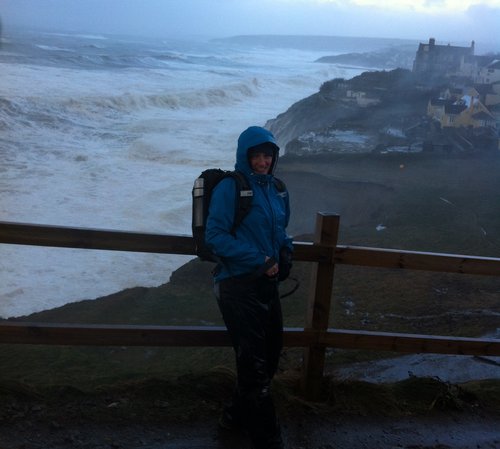
I would urge students to keep doing whatever interests and fascinates them. You cannot fail if you are doing something you love, every day. Make sure you choose the course or job that excites you the most and you’ll always enjoy it.
TFG: What has been your most exciting discovery?
Claire: The discovery that during big storms, hard rock cliffs actually move and sway with the waves enough to cause them to collapse on a massive scale! The coastline ‘breathes’ with every single wave; downwards and seawards with the swash, and upwards and landwards with the backwash, as the weight of water on the foreshore changes. This happens all of the time, a minute amount, not enough to create big problems. However, during the UK's 2014 storms we were able to detect ground motion ten times greater than anything recorded before and saw cliff erosion 2-4 times greater than the long-term rate.
TFG: What is the most enjoyable aspect of what you do?
Claire: I love being out in the field, in all conditions deploying instruments and taking measurements. I find it inspiring and it always raises new and exciting questions about how the whole system works. I really enjoy teaching too, sharing what I have learnt with my students and hoping to inspire them as much as my lecturers inspired me at university.
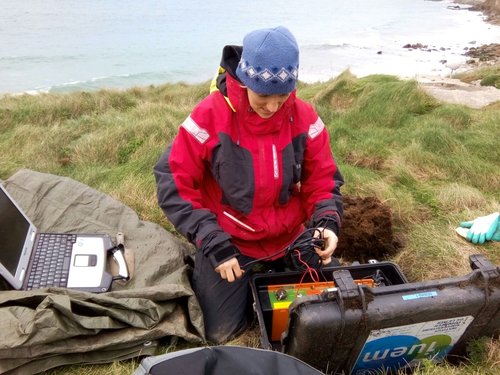
As we are all aware, technology is developing at light speed, and this means it is a really exciting time to be in the field of geography and marine sciences. The most interesting developments in the last few years have come from new and novel remote sensing techniques such as satellites, HD cameras, radar and laser scanning, among many others.
TFG: What is the most challenging aspect of being an academic?
Claire: I would have to say time management at the moment. There are so many exciting ideas and avenues of research I want to pursue, alongside teaching and looking after students. Managing my time and saying yes (and no) to as many things as possible can be a challenge.
TFG: How are new technologies changing your field?
Claire: As we are all aware, technology is developing at light speed, and this means it is a really exciting time to be in the field of geography and marine sciences. The most interesting developments in the last few years have come from new and novel remote sensing techniques such as satellites, HD cameras, radar and laser scanning, among many others. These have allowed us to capture coastal change over a range of time scales (from seconds to decades), and also begin to monitor and measure changes that are invisible to the naked eye. For example, from using satellites to create 3D models of the ocean floor, to tracking internal waves in the ocean using a technique called XBand radar, which allows us to ‘see’ what is happening inside the ocean using different frequencies of the electromagnetic spectrum. Exciting stuff!
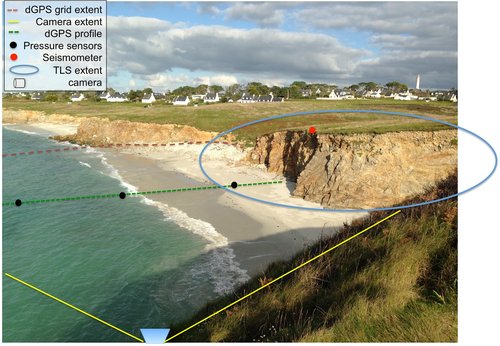
TFG: What advice would you offer students interested in a career in this field?
Claire: I would firstly urge you to keep doing whatever interests and fascinates you. You cannot fail if you are doing something you love, every day. If you are keen to pursue geography, there are hundreds of different fields you can specialise in. Make sure you choose the course or job that excites you the most and you’ll always enjoy it.
See Claire's video of some of the UK's largest storm waves in 2014:
If you are interested in contributing to the Time for Geography blog or have suggestions for future Geographers of the Month, please email us at [email protected].
